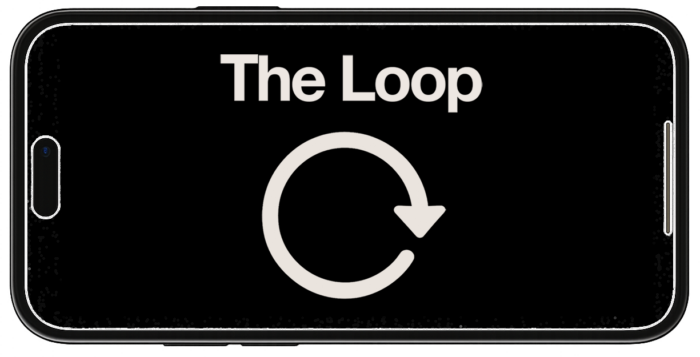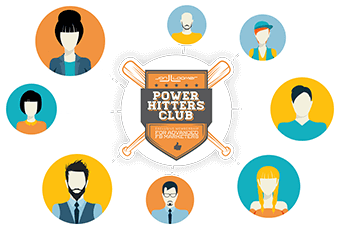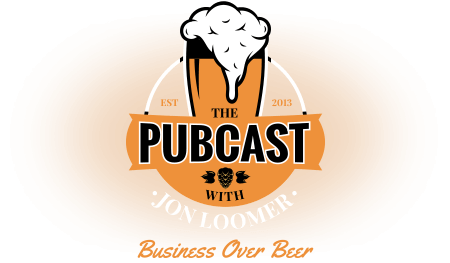Any screenshots and details of functionality may no longer be relevant. Below are some related posts that are more current:
- Problem with GA4 Integration (Jun 24, 2025)
- A Complete Guide to Meta Ads Attribution (Jun 9, 2025)
- The Best Advertisers Compare Attribution Settings (May 20, 2025)
You know how to create a Facebook ad. Now let’s focus on how to measure Facebook ad success. While there are four different Facebook ad types and unlimited places you can drive people with your ads, this tutorial will focus entirely on driving new fans with a standard Facebook ad.
Tracking Cost Per Click

While I recommend you make a CPM bid for your campaign, that doesn’t mean you should ignore what you’re spending per click. As I’ve said before, try CPM first, but it’s possible that CPC is best for you depending on the response your ads are driving.
But you can’t know this unless you track the cost per click of your ad. The first thing you’ll need to do is make a note of the suggested bid range for CPC when you are creating your ad. Then regularly measure the amount you’ve spent over the total number of clicks.
Are you spending more than you would have otherwise if you had made a CPC bid? Well, the first thing I’d do is stop the campaign and try some other options. But if you’ve exhausted multiple CPM attempts and you repeatedly spend more than you would for CPC, then it’s time to switch to a CPC model.
Click Through Percentage
Your click through rate is the percentage of time that an ad is shown and someone clicks on it. Now, this also includes people who clicked on your ad and didn’t like your page or perform another preferred action. But this is a good way to measure how successful your ad is at engaging and driving an initial interaction.
What is a good click through rate? The simple answer is that there isn’t a simple answer. It depends on the ad, your goals, the amount you’re spending and how long an ad has been running.
A general rule of thumb is to try and maintain a click through rate above .1%. I’ve seen rates as high as .5%, but it all depends on many factors whether such a rate is possible.
The simpler answer is that it’s all relative. Run multiple campaigns. Compare the click through rates to determine which campaigns are driving more interaction.
Clicks vs. Connections
That takes us to comparing your clicks to your connections. Facebook defines connections as follows:
The number of people who liked your Facebook Page, RSVPed to your event, or installed your app within 24 hours of seeing a Sponsored Story or ad in this campaign. If you’re not promoting a Page, event or app, you won’t see Connections data.
So in our example, a Connection is a new fan. While having someone click on your ad is great, you also need that person to like your page. If there is a large gap between the number of people clicking the ad and liking your page, something needs to be tweaked.
That could mean improving your Welcome tab. It may be that your page does not reflect the promises you make in your ad. Somewhere, there’s a disconnect, and you need to determine why people aren’t following through on liking your page after being motivated to click your ad.
Monitor the rate of connections over clicks. I tend to shoot for a rate over 75%, but once again there is some variation depending on what you’re doing. So certainly compare this rate among your campaigns to determine what is performing best.
Cost Per Connection
This may be the most important measurement of Facebook ad success. This breaks down the two most important factors: 1) how much you’re spending, and 2) how many new fans you’re generating.
Once again, a successful rate is relative depending on many factors. I’m thrilled if I can get 10 new fans per $1 spent, but that may not be realistic. If your product and page present a high barrier, you may be spending $1 or even $2 per fan.
So you can go in with goals, but you’ll quickly realize what is reasonable. Compare the cost per connection to determine which of your campaigns are most successful, and ride those until they lose effectiveness.
In Conclusion
Below is a screen grab of the analytics associated with one of my small, more successful campaigns. I’ve underlined the key metrics that are associated with it. Click for a close-up.

There is no universal rate you should shoot for to determine the success of your advertising campaign. But use these four metrics and compare your campaigns to help determine what is working best for you. As always, know when to stop what’s not working and ride what is!







